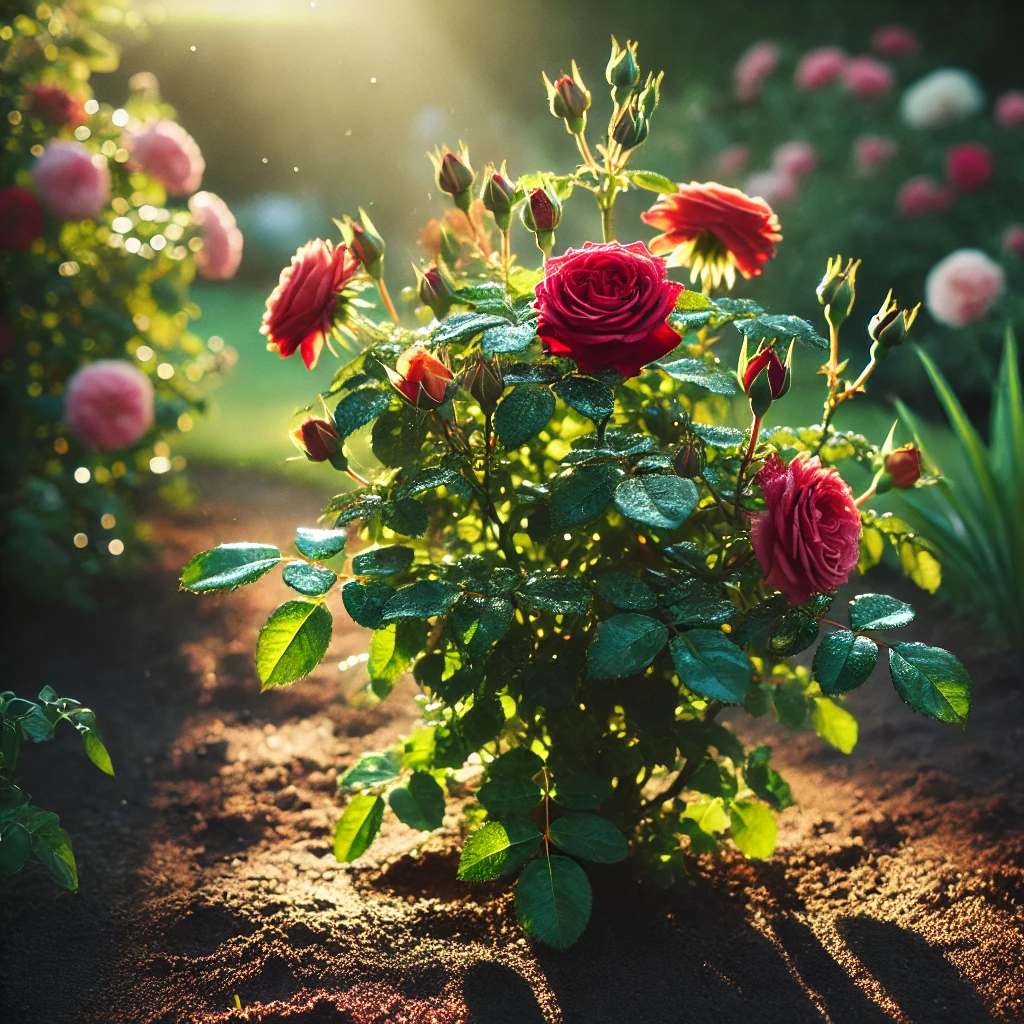Essential Guide to Rose Bush Care
Maintaining a rose bush involves several key practices that ensure healthy growth and vibrant blooms. This comprehensive guide covers all aspects of rose bush care, from selecting the right location to winterizing your plants.
Selecting the Right Location for Your Rose Bush
To thrive, roses require a location that receives ample sunlight and has well-drained soil. Ideally, your roses should get at least six to eight hours of direct sunlight each day. The soil should be rich in organic matter and have good drainage, with a slightly acidic to neutral pH range of 6.0 to 7.0. Additionally, it’s important to ensure there is enough space around each plant to allow for good air circulation, which helps to reduce the risk of diseases.
Planting Your Rose Bush
The timing and method of planting your rose bush are crucial for its successful establishment. The best times to plant roses are early spring or late fall. Before planting, prepare the soil by enriching it with compost or well-rotted manure to improve its fertility and drainage. When planting, dig a hole that is twice the width of the root ball. Place the rose in the hole, ensuring that the graft union is slightly above ground level. After positioning the plant, backfill the hole with soil, water thoroughly, and apply mulch to help retain moisture.
Watering Schedule for Roses
Proper watering is essential for maintaining healthy roses. Water deeply once a week, and increase the frequency to twice a week during hot and dry periods. The best time to water roses is early in the morning, which allows the foliage to dry and reduces the risk of diseases. Be mindful of signs of overwatering, such as yellowing leaves and root rot, as well as signs of underwatering, like wilting leaves and poor flower development.
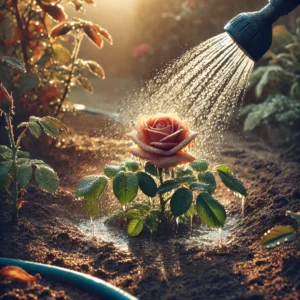
Pruning Your Rose Bush
Pruning is vital for maintaining the shape and health of your rose bush. The best time to prune is in late winter or early spring before new growth starts. Use sharp, clean pruning shears and wear gloves to protect your hands. When pruning, remove dead, damaged, or diseased wood and cut back to healthy, outward-facing buds. Shaping the bush properly promotes good air circulation and reduces disease risks.
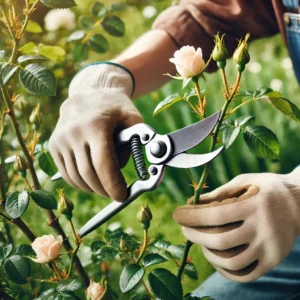
Fertilizing Roses
Fertilizing provides essential nutrients that support robust growth and flowering. Use balanced fertilizers, such as a 10-10-10 formula, or opt for rose-specific fertilizers. Fertilize your roses every four to six weeks during the growing season. While organic fertilizers improve soil health and are eco-friendly, synthetic fertilizers offer immediate nutrient availability, so you can choose based on your preference and needs.
Fertilizer Types and Application Schedule for Roses
| Fertilizer Type | Application Frequency | Benefits | Notes |
|---|---|---|---|
| Balanced Fertilizer (10-10-10) | Every 4-6 weeks during growing season | Provides equal amounts of essential nutrients (NPK) | Follow package instructions for dosage |
| Organic Compost | Once or twice per year | Improves soil structure and adds nutrients | Mix into soil in spring or fall |
| Manure | Once per year | High in organic matter and beneficial microorganisms | Use well-rotted manure to avoid burning plants |
| Bone Meal | Early spring | High in phosphorus for strong root development | Mix into soil at planting or top dress |
| Fish Emulsion | Every 2-4 weeks | Fast-acting liquid fertilizer, rich in nitrogen | Dilute according to package instructions |
| Rose-specific Fertilizer | Every 4-6 weeks during growing season | Formulated specifically for roses, balanced nutrients | Follow package instructions for dosage |
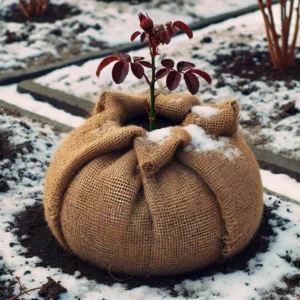
Mulching and Soil Management
Mulching helps retain soil moisture, regulate soil temperature, and suppress weeds. Organic mulches like wood chips, straw, or compost are ideal. Apply a two to three-inch layer of mulch around the base of the rose, keeping it away from the stems to prevent rot. This practice not only benefits the soil but also enhances the overall health of your rose bushes.
Preventing and Treating Rose Diseases
Regular monitoring and treatment can keep diseases at bay. Common rose diseases include black spot, which causes black spots on leaves, powdery mildew, characterized by a white powdery coating on leaves and stems, and rust, which presents as orange-red spots on the underside of leaves. Use organic treatments like neem oil or sulfur, or chemical fungicides as needed. Inspect your plants weekly for signs of disease and promptly remove any affected leaves.
Pest Control for Rose Bushes
Managing pests is crucial for healthy roses. Common pests include aphids, which are small green or black insects that suck sap, Japanese beetles, metallic beetles that chew on leaves and flowers, and spider mites, tiny mites that cause webbing and leaf discoloration. Natural pest control methods include introducing beneficial insects like ladybugs, using insecticidal soap, and applying neem oil. Chemical pesticides should be used as a last resort, as they can harm beneficial insects and the environment.
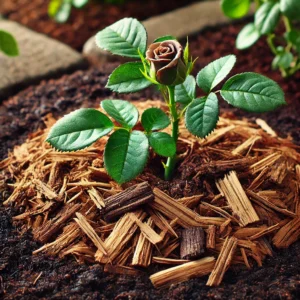
Winterizing Your Rose Bush
Preparing your roses for winter is essential to protect them from harsh conditions. Stop fertilizing in late summer to allow the plants to harden off. Insulate the roses by applying a thick layer of mulch around the base and covering them with burlap or rose cones. After winter, remove the protection in early spring, prune any damaged wood, and resume regular care.
Tips for Organic Rose Care
Organic practices promote a healthy garden ecosystem. Benefits of organic care include enhanced soil health, reduced chemical use, and support for beneficial wildlife. Homemade solutions such as compost tea, garlic spray, and homemade insecticidal soap can be effective for rose care. Additionally, eco-friendly practices like rotating crops, planting companion plants, and using organic mulches and fertilizers can contribute to a thriving rose garden.
Conclusion
Maintaining a rose bush involves careful attention to planting, watering, pruning, fertilizing, and pest management. By following these guidelines, you can enjoy healthy and beautiful roses year-round. Happy gardening!
